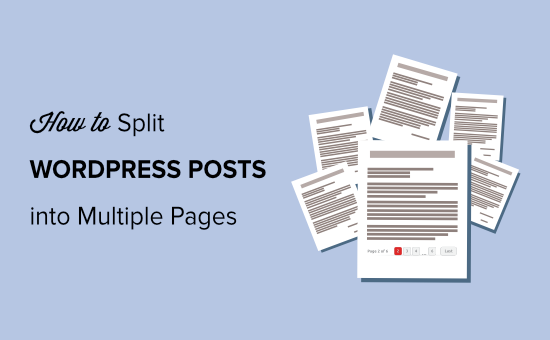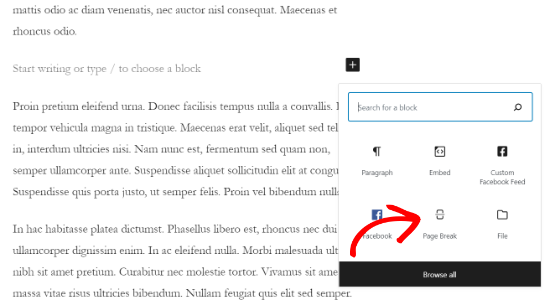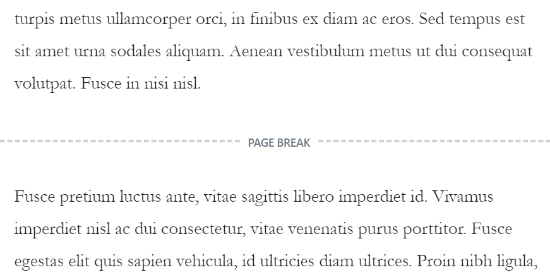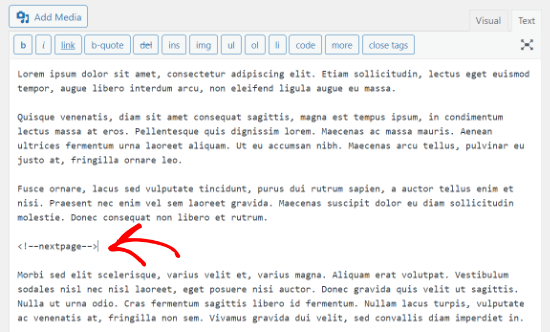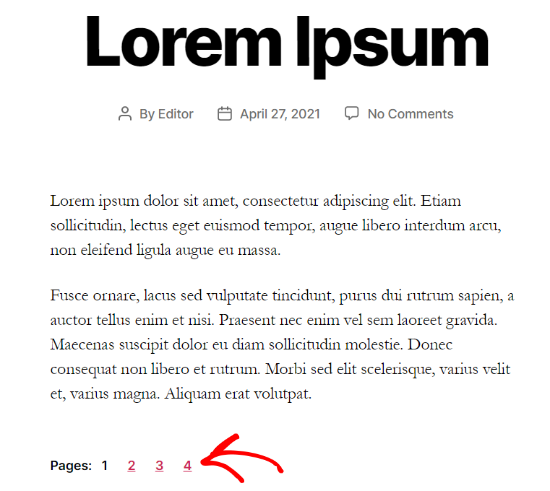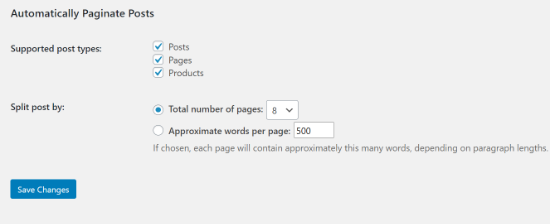package Dialogs;
import java.text.DecimalFormat;
import java.util.Scanner;
public static void main(String[] args) {
Scanner sc = new Scanner(System.in);
Scanner newdata =new Scanner(System.in);
DecimalFormat df = new DecimalFormat(".00");
int newprogram;
int count = 0;
double Total1;
System.out.print("How many items in a counter? : ");
int Item = sc.nextInt();
String new1 [] = new String [Item];
int new2 [] = new int [Item];
double new3 [] = new double [Item];
double Totalnew1, Totalnew2, value;
System.out.println();
for(int i = 0; i< new1.length; i++){
count++;
System.out.println("\nDrug Item "+count);
System.out.print("Enter The Drug Name : ");
new1 [i] = sc.next();
System.out.print("Enter Quantity: ");
new2 [i] = sc.nextInt();
System.out.print("Enter Price : ");
new3 [i] = sc.nextDouble();
System.out.println("");
}
System.out.println("\n==================== [ SUMMARY OF ORDERS ] ===================");
System.out.println("Drug Name Quantity Item Price Total Price");
for(int i = 0; i < new1.length; i++){
System.out.print(new1[i]);
System.out.print(" "+new2[i]);
System.out.print(" "+df.format(new3[i])+" ");
Total1 = new2[i]*new3[i];
System.out.println(df.format(Total1));
}
}
}
// I want to know How to get this?
[ TOTAL SUMMARY ]Total Price 450.00
After Tax 484 // 450 + Vat
VAT Tax ( 12% ) 54 // 450 .12
Discount ( 20% ) 96.8 // after tax .20
=============================
Total Price Tax
With VAT /Discount 96.8 // Discount
======================================================
[1]Cash
[2]Credit Card
Choose Type Are : 1
======================================================
Amount of Pay
387.2 // After Tax - Discount
Cash
400 //
Exchange
12.8 // Cash - Amount




